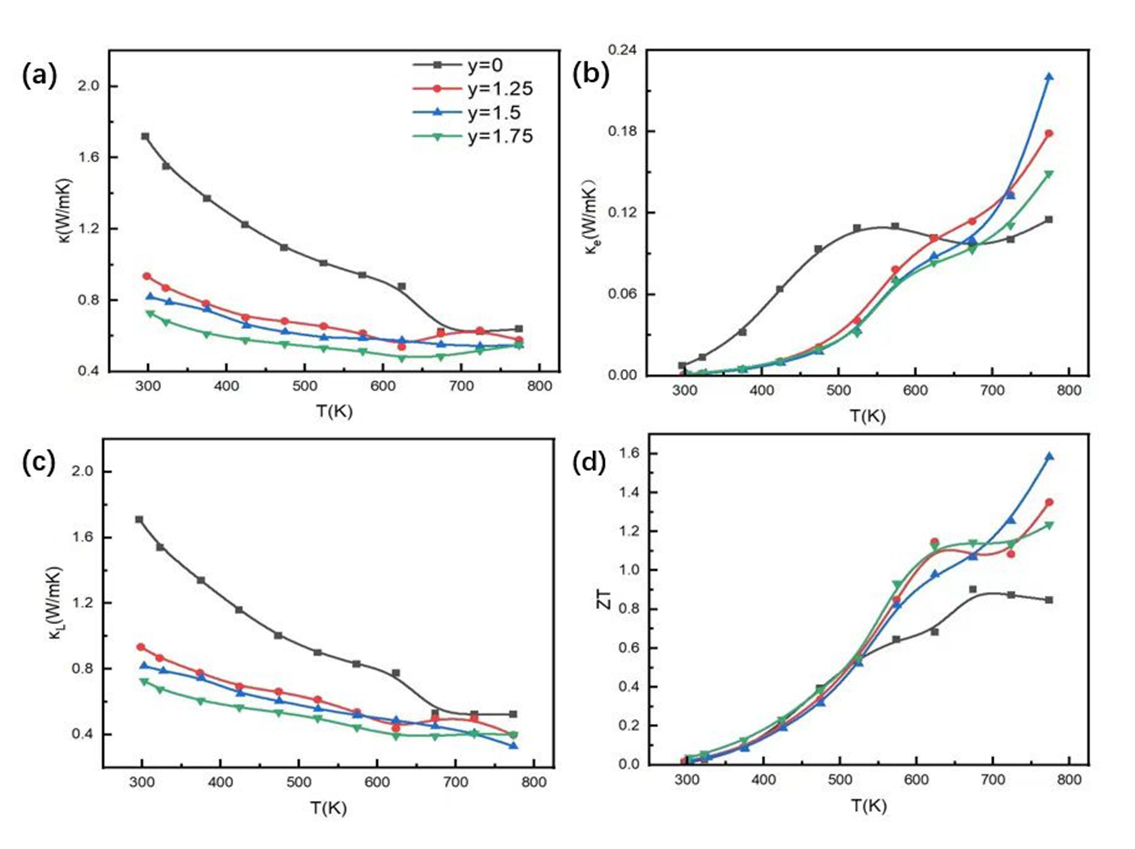Research
Researchers Optimized Thermoelectric Properties of Lead Telluride Material Systems
| By
In a recent study, a team from the Institute of Solid State Physics, Hefei Institutes of Physical Science of Chinese Academy of Sciences achieved higher thermoelectric performance of n-type PbTe by adjusting band structure and enhanced phonons scattering.
The results were published in Nanoscale.
"We successfully increased the material power factor and decreased thermal conductivity," said Prf. QIN Xiaoying, who led the team.
PbTe is one of the most promising medium-temperature thermoelectric materials. However, n-type PbTe materials have a lower thermoelectric figure of merit compared to p-type PbTe materials. The main reason for this is the large energy shift between the light (L) and heavy (∑) bands in the PbTe conduction band, which makes it difficult to achieve energy band simplification in n-type PbTe, resulting in a lower power factor. Therefore, a more in-depth and systematic study is needed to effectively and significantly improve the thermoelectric performance of n-type PbTe.
Now, the group constructed the Pb0.97Sb0.03Te + y wt. % Cu12Sb4S13(y=0,1.25,1.5,1.75) composite system. This was achieved by doping the PbTe matrix with Sb elements and introducing a small amount of Cu12Sb4S13 nanoparticles. Thy also used the in-situ reaction to construct a semi-coherent nanophase.
The study focused on optimizing the carrier concentration in n-type PbTe using host element doping, while combining energy band engineering/energy filtering effects to improve its electrical properties.
On the basis of this, in situ reactions were used to construct semi-coherent nanophases and introduce multi-scale defects to scatter phonons. This allowed them to improve the power factor, reduce thermal conductivity, and thus increase ZT.
They found that the composite sample Pb0.97Sb0.03Te + 1.5 wt. % Cu12Sb4S13 had excellent thermoelectric properties with a ZT of 1.58 (773 K), an improvement of about 75% compared to Pb0.97Sb0.03Te.
This work proved the incorporation of Cu12Sb4S13 nanoparticles was an effective way to improve the thermoelectric properties of Pb0.97Sb0.03Te, which was of great importance for the study of the regulation of the thermoelectric properties of n-type Pb telluride.
The work was supported by the National Natural Science Foundation of China, the Natural Science Foundation of Anhui Province, and the President's Fund of the Hefei Institute of Physics.

Figure 1. High resolution image of the composite sample and selected area electron diffraction (SAED). (Image by WU Wei)

Figure 2. Temperature dependence of (a) electrical conductivity (σ) and (b) Seebeck coefficient (S) (c) Variation of the Seebeck coefficient with the carrier concentration for all composites at room temperature; (d)Temperature dependence of power factor PF. (Image by WU Wei)

- Attachments Download:
-
contact
Associate Prof.ZHANG Jian
E-mail: zhangjian@issp.ac.cn


